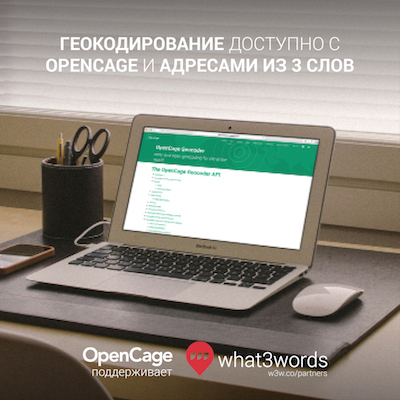OpenCage - The Most Powerful Geocoding Tool

Most people don’t think about geocoding when they give their smartphone a request in the form of an address, GPS coordinates, latitude and longitude, or what3words coordinates . Developers, in turn, must understand the critical importance of the geocoder. Each of the proposed geocoders has its pros and cons, which must be considered when choosing. Some geocoders may have unacceptable limits, costs, or may not be available for commercial purposes. Some services do not support caching, and almost all of them have 24-hour limits. There was no universal option before the advent of OpenCage .
November 8, 2014 at the London Perl Workshop was presented written in Perl meta-geocoder OpenCage from Lokku. Their API combines several geocoding systems, each of which is designed for different types of requests. It also collects information from open sources and algorithms, eliminating the need to do it yourself. Geocoding results can be displayed on any type of map. Inside OpenCage, Nominatim, DataScienceToolkit, Twofishes, and Nestoria geocoders work together, which process the request and produce the result.

Each geocoder is good in itself, but they all have their minuses and pluses, and only together, for one API, they can give the best geocoding experience and the most accurate result, according to Lokku. It is also worth noting that annotations (additional information about the place) are attached to each result, including the country’s phone code, time zone, position of the sun, OSM URL, MGRS code and, of course, what3words. In other words, OpenCage provides the most detailed location information with which you can find a wide variety of applications.
Using the OpenCage API for direct and reverse geocoding is simple. All the necessary information can be found on this page.. It is worth noting that while the product is in demo mode, the API is provided for free, and it is allowed for commercial use. But it's worth starting with a demo . Try to feel the full power of OpenCage.

